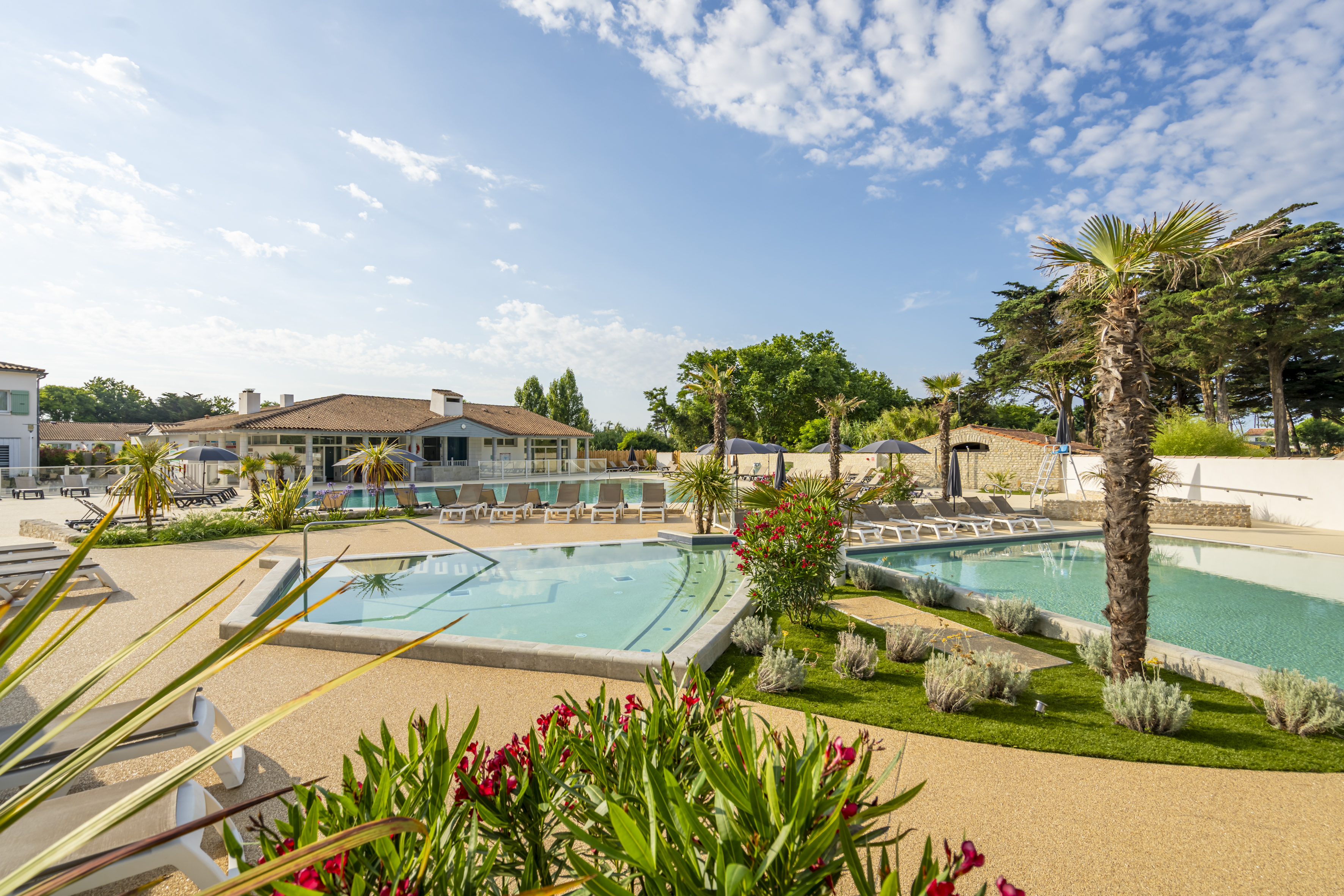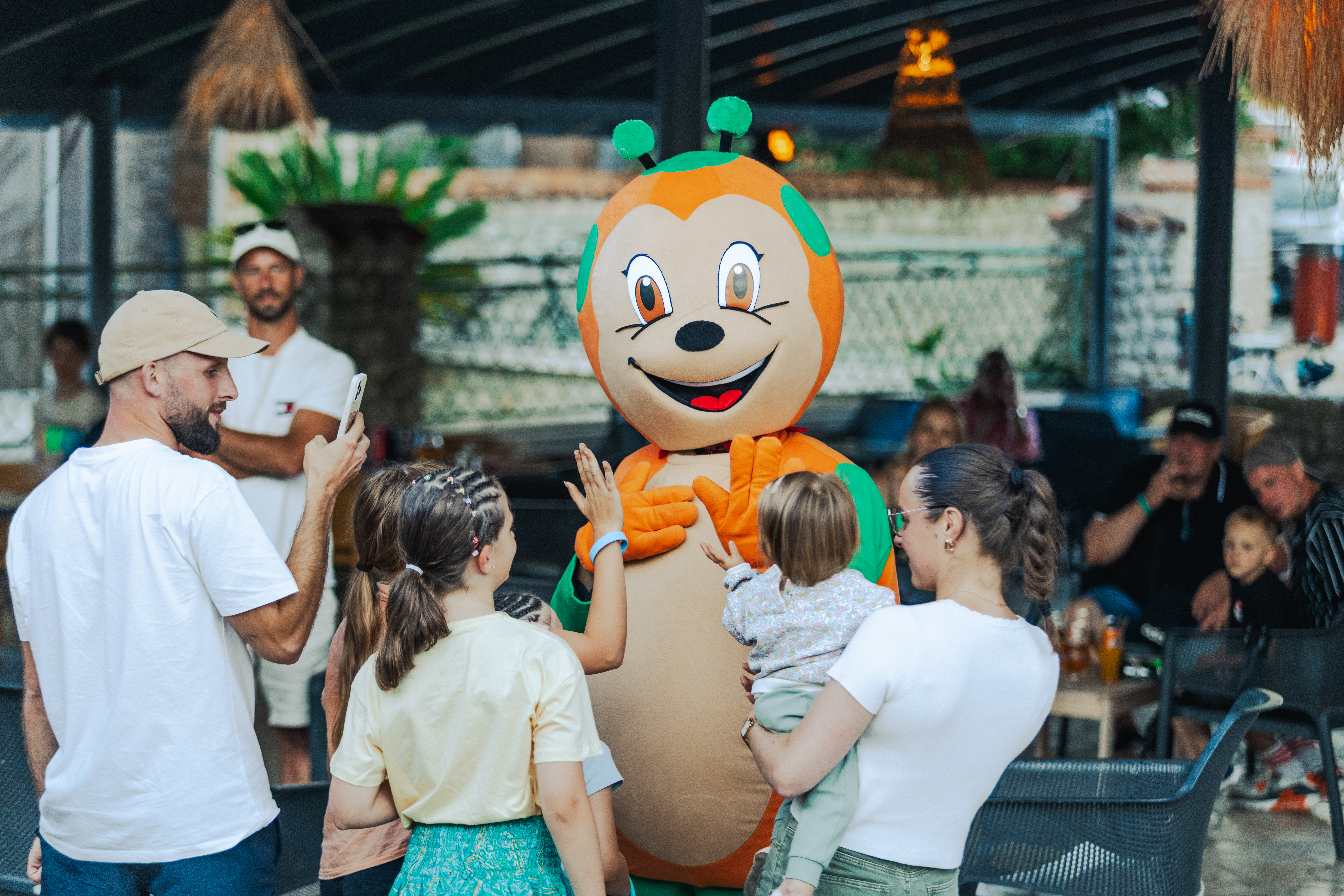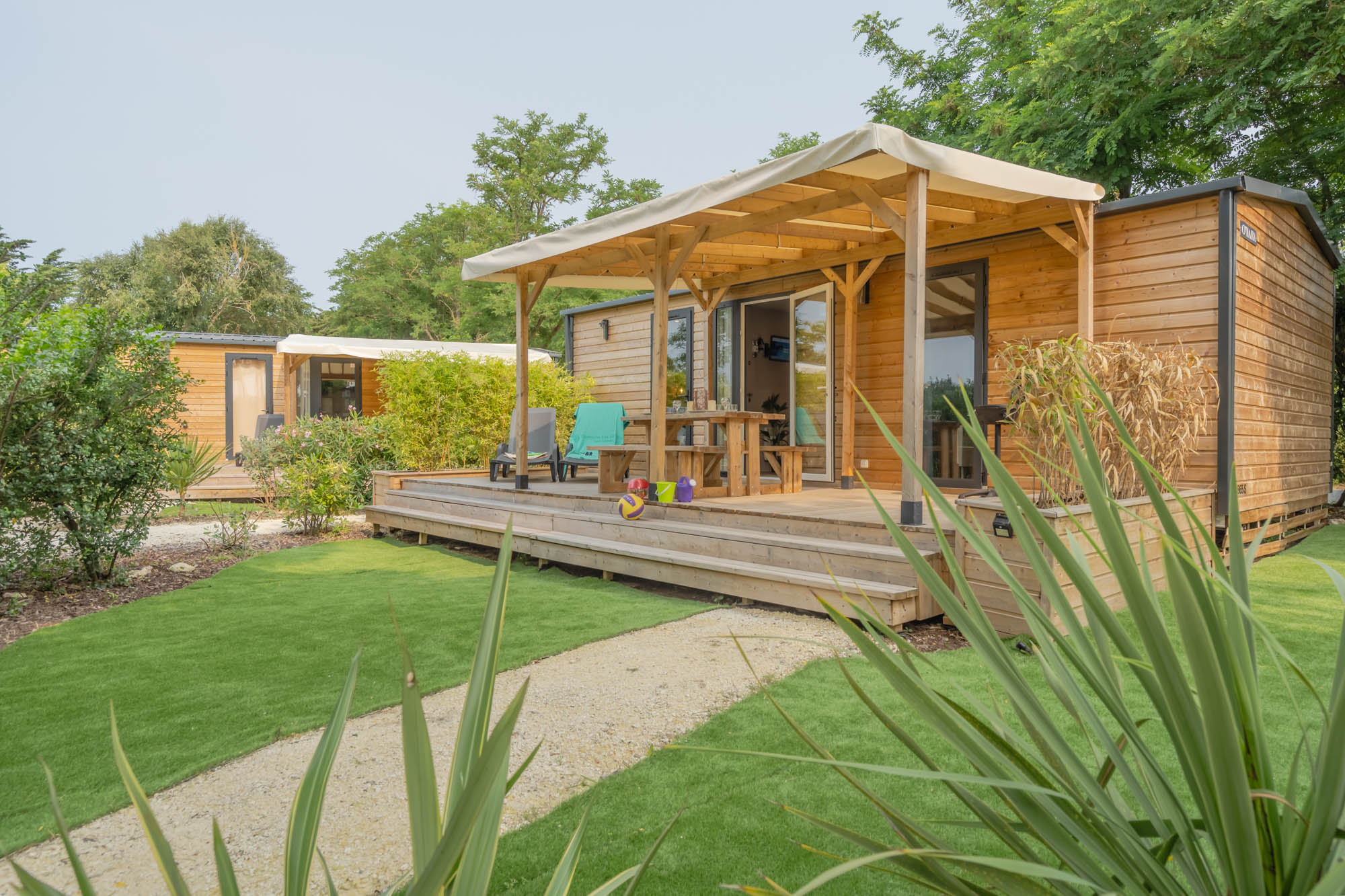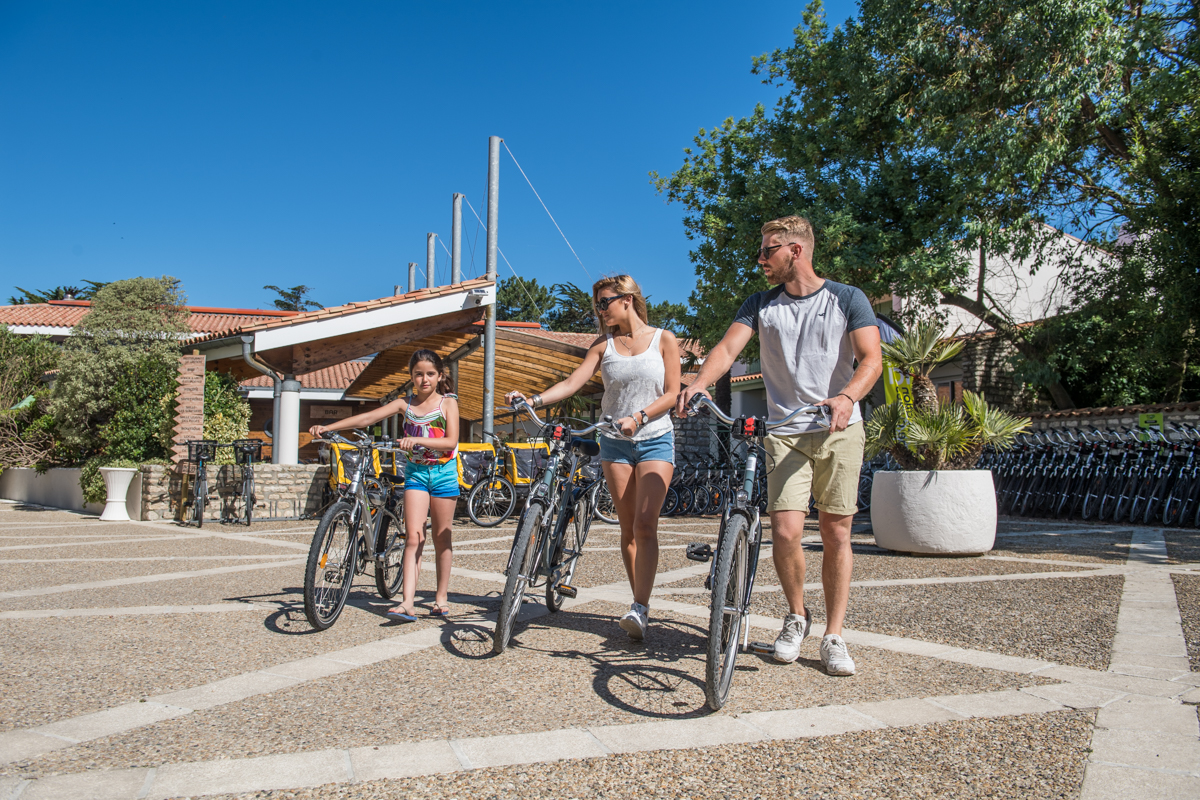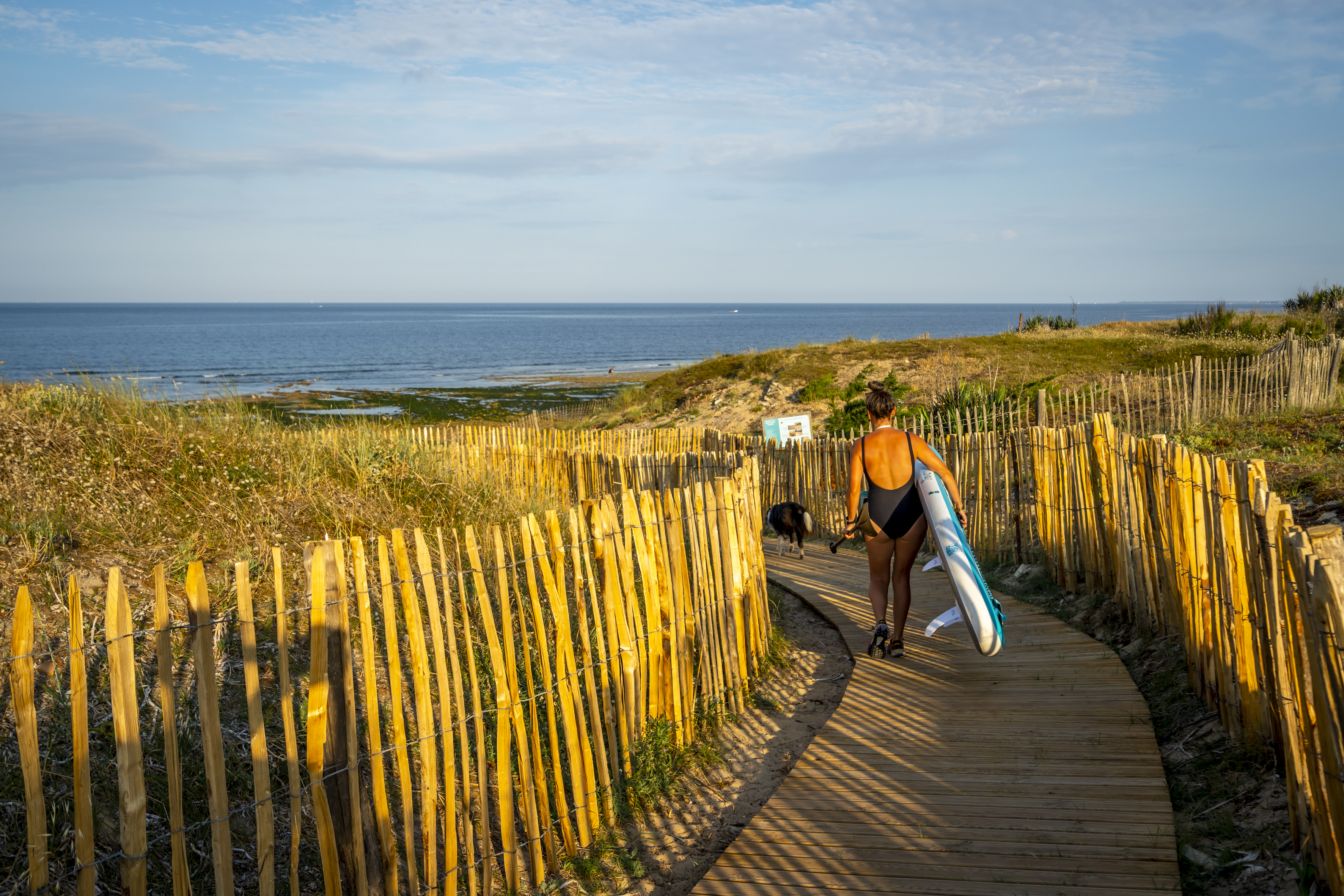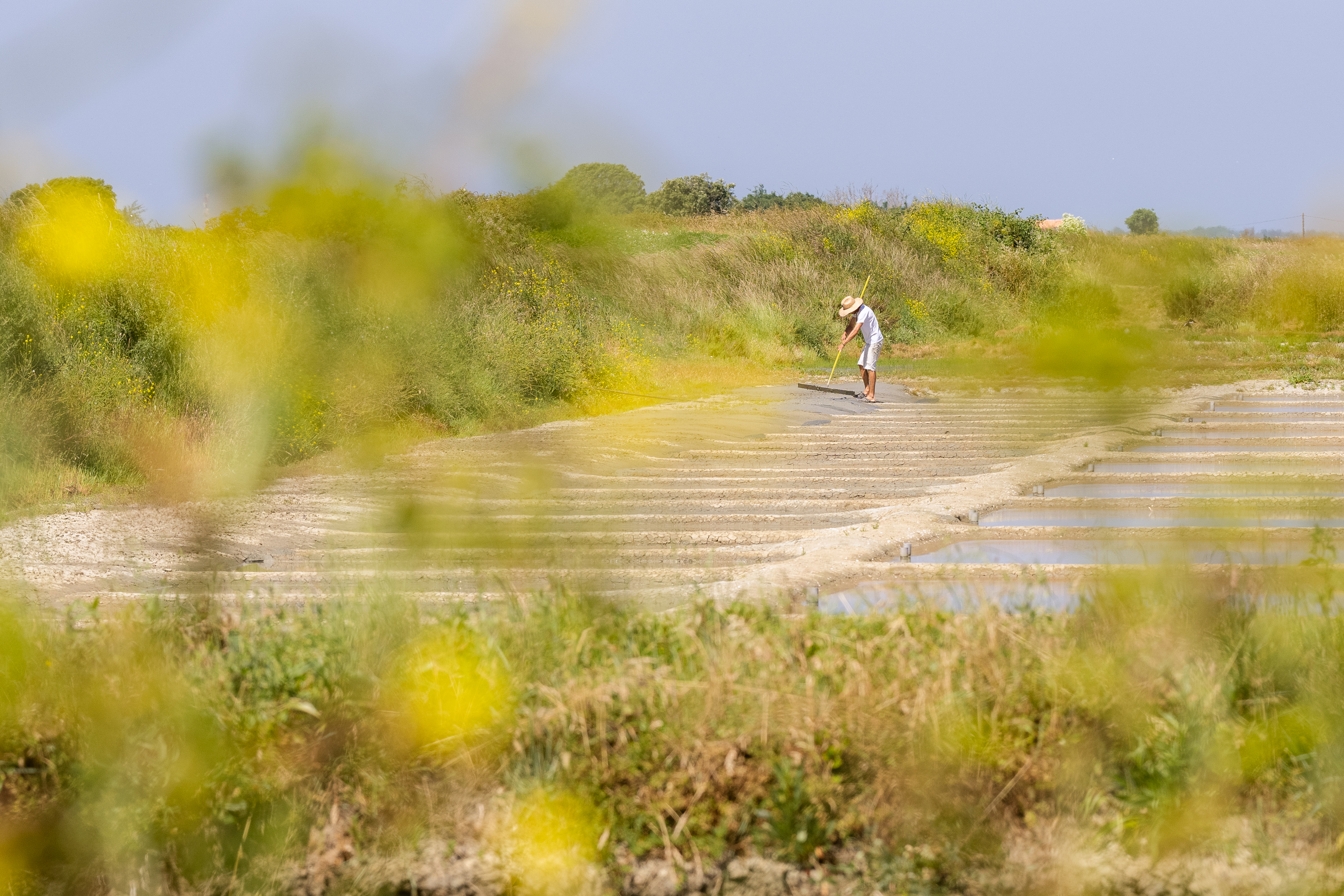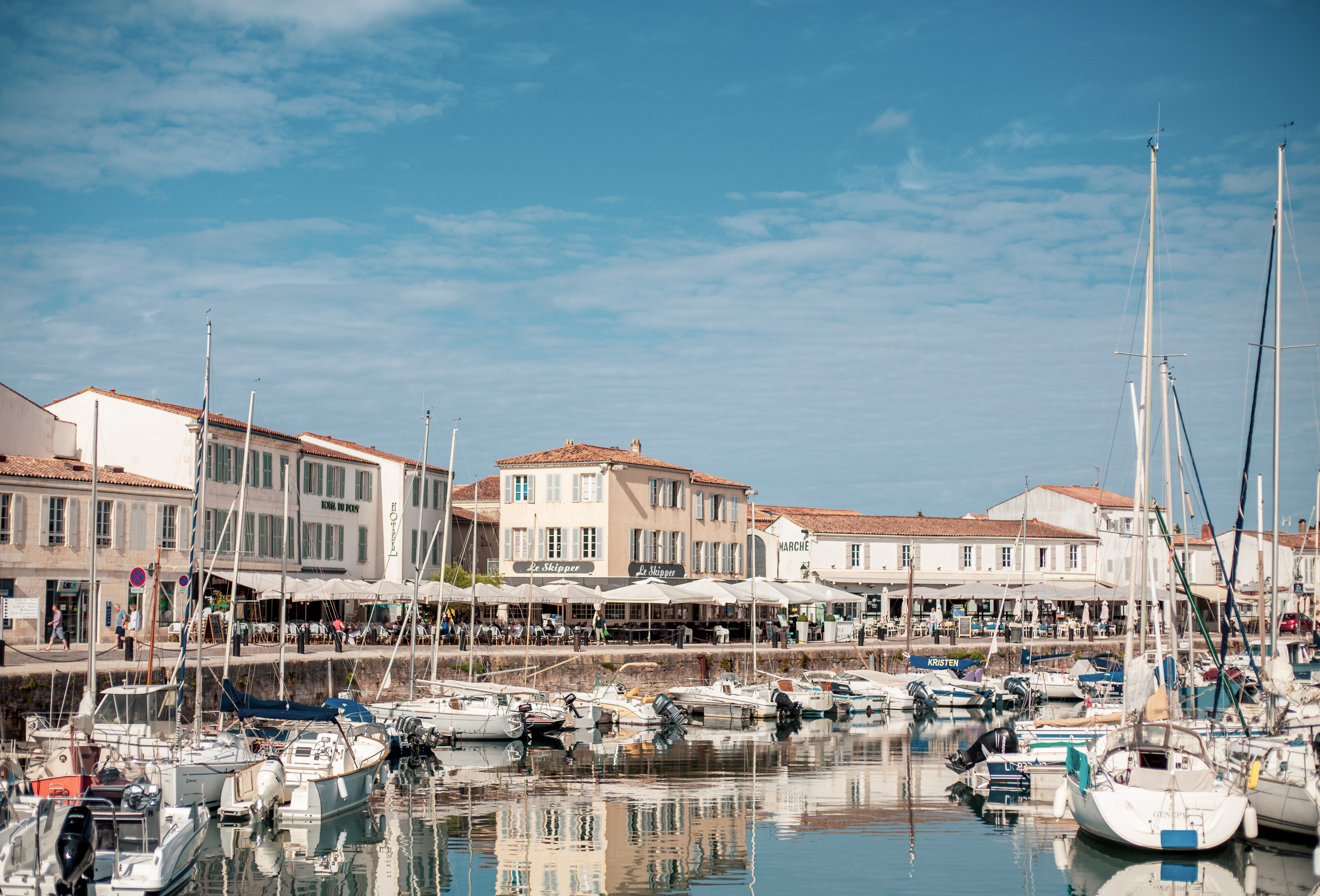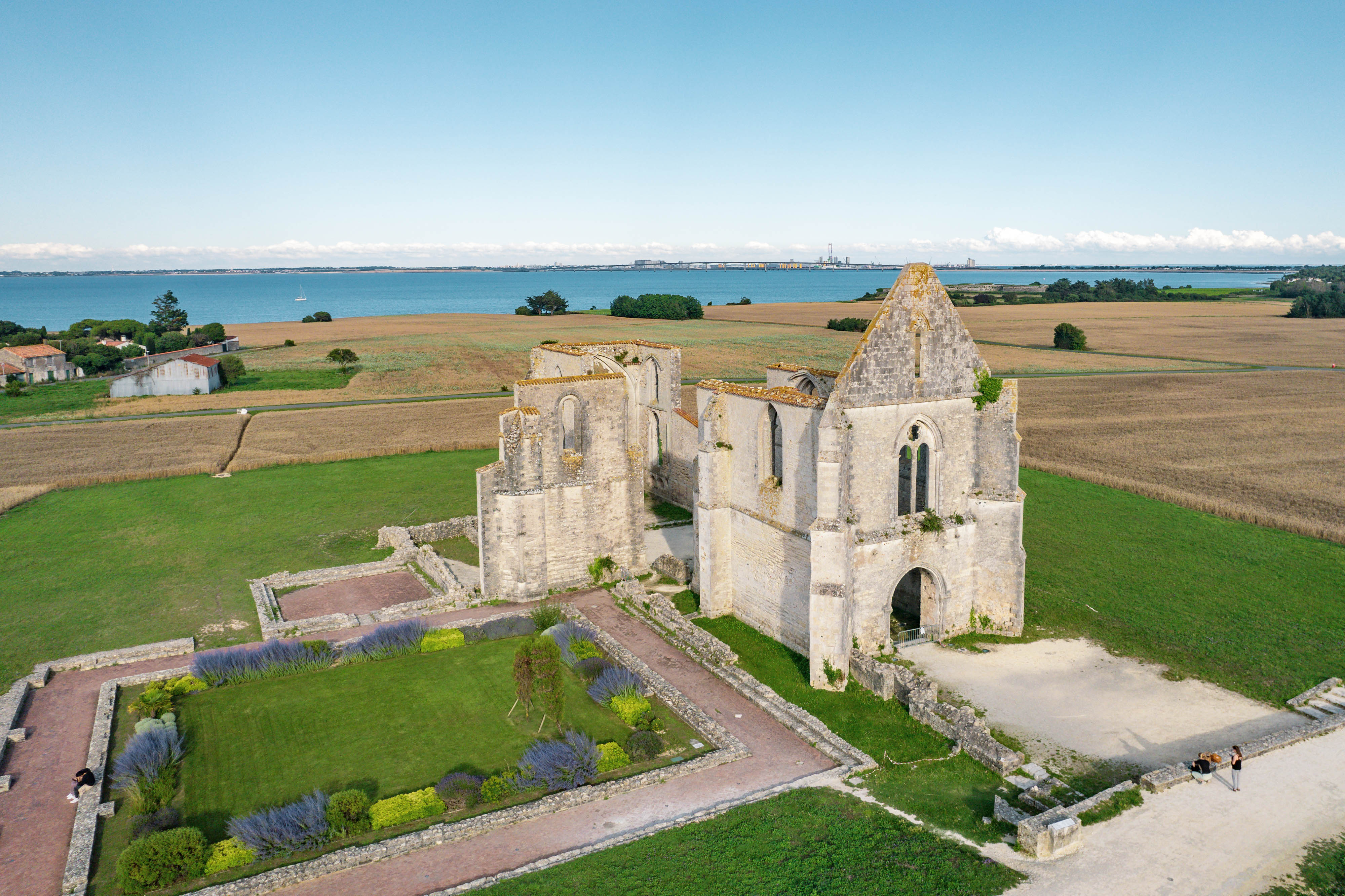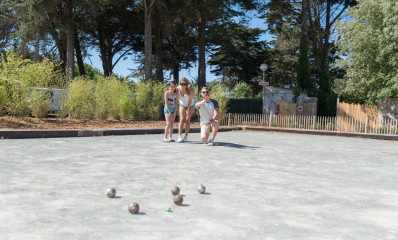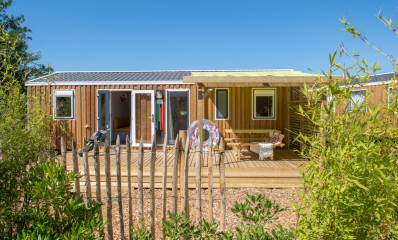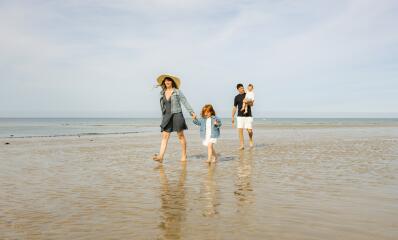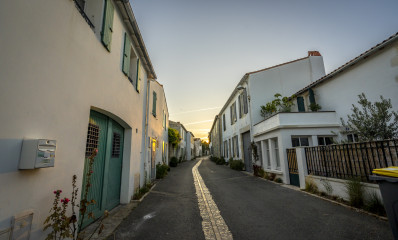Tourism on Île de Ré
A gem of the Charente archipelago and the Atlantic coast, Île de Ré boasts an exceptional natural heritage. This beauty lies primarily in the diversity of landscapes found within its small area (85 km²) and the fragility of its ecosystems. The scenery transforms with each season, offering a unique charm year-round.

Île de Ré’s Natural Side
Along the coastline, you’ll find the family-friendly sandy beaches of the southern coast: Rivedoux, Sainte-Marie-de-Ré, La Couarde, Le Bois-Plage... The northern coast, stretching from Saint-Clément-des-Baleines to Les Portes-en-Ré, is wilder and less crowded.
No mention of Île de Ré, nicknamed "Ré la Blanche," would be complete without talking about its "white gold" — salt — and its salt marshes, not to mention the vineyards and wooded areas facing the ocean.
The Pointe du Grouin at Loix and the Lilleau des Niges National Nature Reserve are, naturally, among our favorites.
What’s most remarkable is that you can explore all these landscapes in a single day by bike, thanks to safe cycling paths. Did you know that Île de Ré is a natural treasure and a paradise for cycling enthusiasts? Come and see for yourself why it’s a stunning showcase of the region by booking a last-minute stay at a Charente-Maritime campsite.

Water Activities on the Île de Ré
If you dream of an active vacation on the Île de Ré, you’ll have access to a wide range of sports activities to enjoy solo, as a couple, with family, or friends.
So, get ready for some thrills during your holiday on the Île de Ré, with options for all ages and tastes: surfing, kitesurfing, kayaking, stand-up paddleboarding, land yachting, diving, boat trips, or even deep-sea fishing.
Île de Ré Tourism: Expertise, Culture, and Heritage
Need help organizing your cultural itinerary during your camping stay on the Île de Ré? Discover the key landmarks, museums, art galleries, and local producers that showcase the region’s traditions:
Must-Sees on the Île de Ré
- Our camping site near Saint-Clément-des-Baleines and its Phare des Baleines lighthouse
- Saint-Etienne Church with its unique bell tower that once guided fishermen (Ars-en-Ré)
- Saint-Martin Church (Saint-Martin-de-Ré)
- Fort La Prée (La Flotte)
- Notre-Dame-de-Ré Abbey (La Flotte)
- Ernest Cognacq Museum (Saint-Martin-de-Ré)
- Maison du Platin Museum (La Flotte)
- Ecomuseum of the Salt Marshes (Loix)
- Soap-making Workshop (Loix)
- Quillet Workshop (Loix)
- Vauban Port and Fortifications (Saint-Martin-de-Ré)
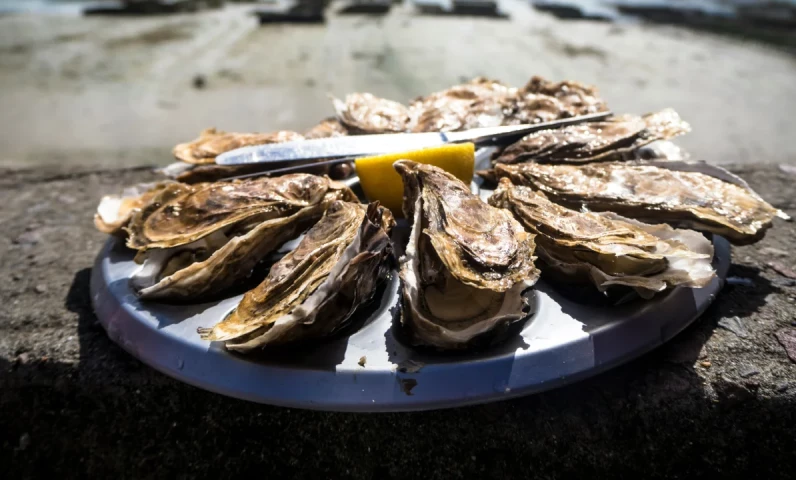
Taste the Local Flavors
You won’t leave your holiday on the Île de Ré without enjoying the local flavors and tastings. The island offers an abundance of local products and restaurants. Don’t miss the famous salt marshes of the Île de Ré. Take the time to stop by the many restaurants, as well as the oyster huts along the Atlantic Ocean.
Discover the Villages of the Île de Ré
One of the most tourist-friendly places in France, it benefits from exceptional sunshine and offers a pleasant atmosphere in every season. The Île de Ré, with its wild landscapes, exceptional fauna and flora, rich vegetable farming, vineyards, oyster farming, salt marshes, and white island houses adorned with hollyhocks, is a unique vacation spot where artists and intellectuals gather in a peaceful ambiance.

The Île de Ré and Its Region
As soon as you cross the bridge, you’ll see the slender spire of the Sainte-Marie church on the southern side of the island. Between the sea and vineyards, Sainte-Marie is one of the oldest communes, with a market considered one of the most beautiful on the island alongside those of La Flotte and Bois Plage. The island’s flat terrain features varied agricultural landscapes, with rich vegetable-growing areas, salt marshes, and vineyards producing the famous "rosé des dunes" or Pineau des Charentes. The Île de Ré also boasts natural treasures, including a world-unique migratory bird sanctuary in the north, as well as large preserved wild beaches. Iconic landmarks include the Whale Lighthouse (Phare des Baleines), the Châteliers Abbey, and the stunning Vauban fortifications in Saint-Martin, which are undergoing preservation efforts.




